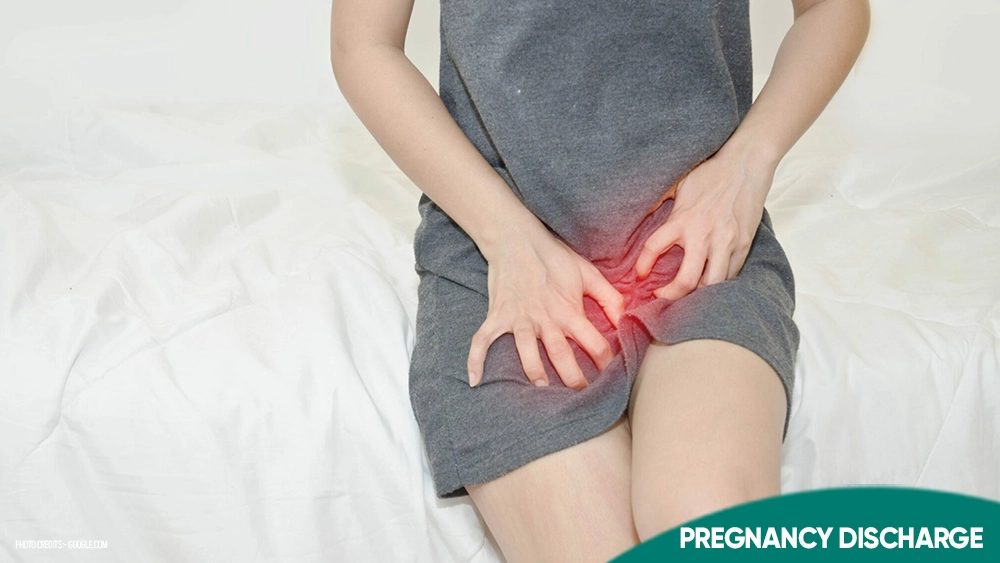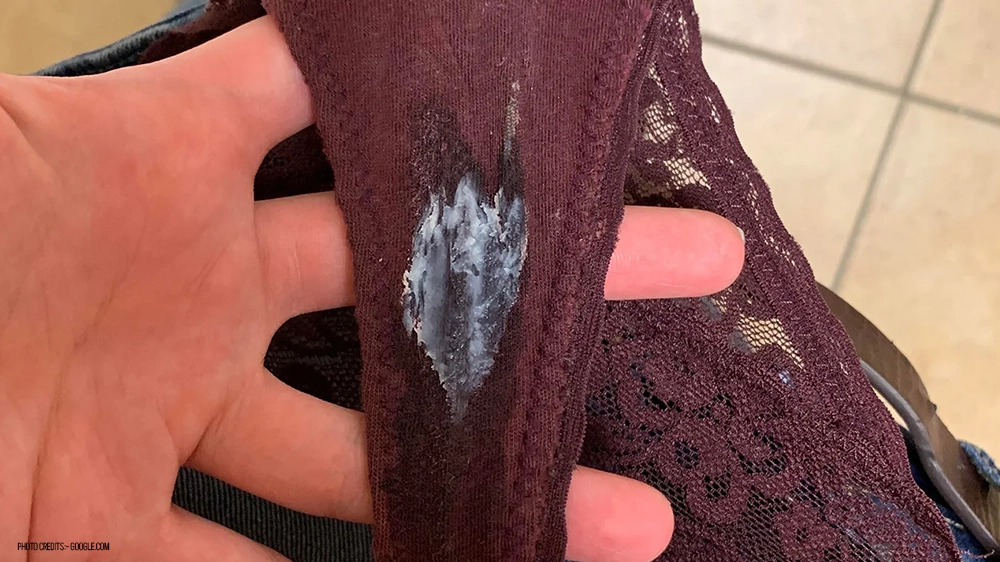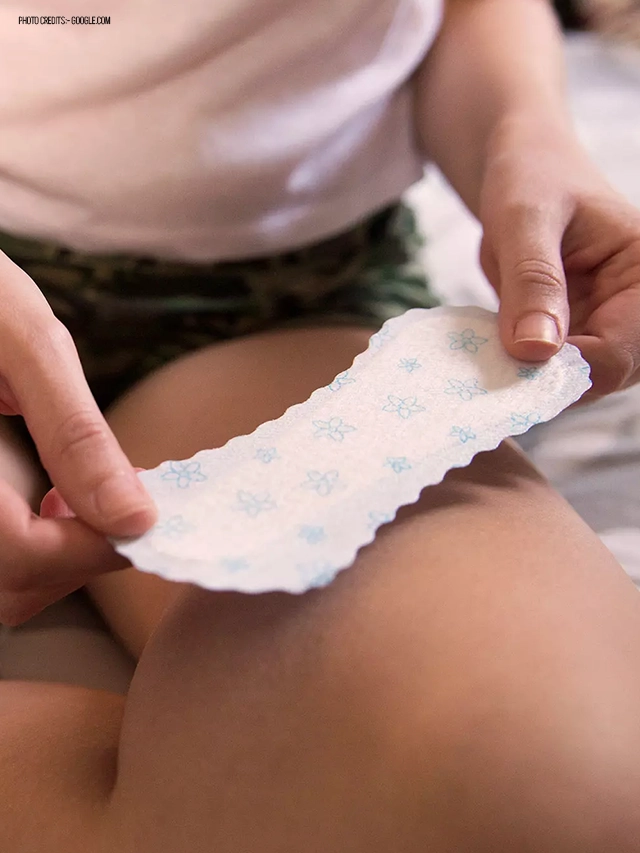
HEALTH BLOG
What Does Early Pregnancy Discharge Look Like Pictures
-
Rahul Priydarss
Early pregnancy discharge, known as leukorrhea, is typically thin, clear, or milky white with a mild or no odor. If what does early pregnancy discharge look like pictures?, This normal discharge is caused by hormonal changes that help protect the uterus from infections. Understanding the appearance of discharge can help identify normal pregnancy symptoms and recognize potential issues. In this article, we explain in detail what does early pregnancy discharge look like and how it differs from other types of vaginal discharge, along with visual insights through pictures to help women better understand this early pregnancy sign.
Introduction to What Does Early Pregnancy Discharge Look Like Pictures:
Early pregnancy discharge is often white or clear, thin, and may have a mild odor, and it’s typically called leukorrhea. This is completely normal and occurs as a result of hormonal changes in your body. The discharge helps to keep the vagina clean and prevent infections during pregnancy. It’s one of the many early signs that your body is preparing for the changes of pregnancy.
Pregnancy can be an exciting yet confusing time, especially with all the changes happening in your body. One common symptom that many women notice is an increase in vaginal discharge. This discharge, called leukorrhea, is a normal part of early pregnancy and plays an essential role in keeping the vagina healthy. However, many women are curious about what exactly this discharge should look like and whether their experience is typical. Understanding the appearance and characteristics of early pregnancy discharge can ease concerns and help you recognize what’s normal versus when you might need to speak with a healthcare provider.
What is Early Pregnancy Discharge:
Early pregnancy discharge, also known as leukorrhea, is a normal vaginal discharge that often occurs during the initial stages of pregnancy. This discharge is typically thin, clear, or milky white, and has a mild or no odor. It is caused by increased hormone levels, particularly estrogen, which stimulate the production of more cervical mucus to protect the uterus from infections.
Leukorrhea serves to keep the vagina clean and healthy by flushing out bacteria. As pregnancy progresses, the amount of discharge may increase, but it should remain light in color and consistency. Changes in color, thickness, or odor could indicate an infection, and should be checked by a healthcare provider.

Table of Contents
What Does Early Pregnancy Discharge Look Like:
Early pregnancy discharge is often thin, clear, or milky white, and generally has no strong odor. This type of discharge is called leukorrhea and is a normal part of pregnancy due to rising estrogen levels and increased blood flow to the pelvic area. In early pregnancy, leukorrhea serves the vital role of keeping the vagina clean and protecting against harmful bacteria that could lead to infections.
The texture is usually slightly sticky, and while it can vary in thickness, it should not be excessively thick, chunky, or have a foul odor. An increase in discharge is often one of the first signs that a woman may be pregnant. This is because the body begins producing more cervical mucus as it adapts to the new hormonal environment.
It’s normal for the amount of discharge to increase throughout pregnancy as the body works to create a protective barrier, ensuring the safety of both the mother and the developing baby. While leukorrhea is a natural byproduct of pregnancy, understanding its appearance and function can help ease concerns for expectant mothers.
How Early Does Pregnancy Discharge Appear:
Pregnancy discharge can start as early as one to two weeks after conception. Some women may even notice a change in their discharge before they confirm their pregnancy with a test. During these early weeks, the discharge is your body’s way of adjusting to the new hormonal changes, primarily due to increased levels of estrogen and progesterone.
For many women, these changes coincide with other early signs of pregnancy, like missed periods, tender breasts, fatigue, and morning sickness. In the early stages, discharge is light and may be similar to what you experience mid-cycle during ovulation. As your pregnancy progresses, however, the amount of discharge is likely to increase. For some, this may occur gradually, while others may notice a sudden uptick in vaginal discharge.
The presence of early pregnancy discharge is a positive sign that the pregnancy is progressing normally, and it is considered a healthy response to the body’s adjustment to its new state.
Characteristics of Normal Early Pregnancy Discharge:
Understanding the characteristics of normal discharge in early pregnancy can help you recognize when something might not be right. Normal pregnancy discharge is often.
- Clear or milky white: The color is typically light, either clear or with a slight milky appearance. A yellow or greenish tint may signal an infection.
- Thin or slightly creamy: The texture is usually thin or mildly creamy. While the consistency can vary, thick or clumpy discharge may indicate an underlying issue.
- Mild-smelling or odorless: Normal discharge has a faint, mild odor or may be odorless altogether. A strong, unpleasant smell can be a sign of bacterial imbalance or infection.
The main purpose of this discharge is to maintain a healthy vaginal environment by regulating bacteria levels and keeping the area moist. This discharge, known as cervical mucus, changes in consistency throughout pregnancy, serving different protective functions at different stages. The mucus acts as a barrier, helping to shield the uterus from infections that might harm the developing fetus.
How Does Early Pregnancy Discharge Differ From Regular Vaginal Discharge:
The discharge you experience during early pregnancy can be different from your typical vaginal discharge in several key ways. The most notable difference is the amount. Due to the hormonal fluctuations of pregnancy, the body produces more cervical mucus than normal, which can cause an increase in vaginal discharge.
During your regular menstrual cycle, you might notice varying types of discharge depending on where you are in your cycle. Around ovulation, your discharge is often clear and stretchy, resembling egg whites. After ovulation, discharge may become thicker and creamier. In early pregnancy, however, the discharge will likely remain thin and more consistent.
Here are some key differences:
- Increased volume: Many women notice that the amount of discharge increases noticeably during pregnancy, particularly in the early stages.
- Change in consistency: While regular discharge can fluctuate in thickness throughout the menstrual cycle, early pregnancy discharge is typically thinner and more watery or creamy.
- No menstrual blood: Unlike discharge during your regular cycle, pregnancy discharge should not have any traces of blood, except for possible implantation bleeding, which is usually light pink or brown.

Early Pregnancy Discharge vs. Implantation Bleeding:
It’s easy to confuse early pregnancy discharge with implantation bleeding, which occurs when the fertilized egg attaches to the uterine lining. Implantation bleeding happens around 6 to 12 days after conception, which coincides with the time that you may start noticing early pregnancy discharge.
However, there are distinct differences between implantation bleeding and early pregnancy discharge.
- Color: Implantation bleeding is often light pink or brown, whereas early pregnancy discharge is white or clear.
- Duration: Implantation bleeding is typically short-lived, lasting only a day or two. In contrast, early pregnancy discharge persists and may even increase throughout pregnancy.
- Volume: Implantation bleeding is usually light, more like spotting, while pregnancy discharge can be more abundant.
Does Every Woman Experience Early Pregnancy Discharge:
Not every woman will notice an increase in vaginal discharge during the early stages of pregnancy, but many do. In some cases, women may not realize they’re experiencing pregnancy-related discharge, as it can be similar to the discharge they experience regularly during their menstrual cycle.
If you’ve previously had irregular discharge due to factors like hormonal birth control or other health conditions, you might find it more challenging to identify changes in your discharge pattern. However, for most women, an increase in discharge is a clear and early sign of pregnancy.
What Does Early Pregnancy Discharge Not Look Like:
Knowing what early pregnancy discharge does not look like is just as important as understanding what it should look like. Here are some characteristics that are not typical of healthy early pregnancy discharge.
- Bright yellow, green, or gray: Discharge in these colors can be a sign of an infection, such as bacterial vaginosis or a sexually transmitted infection (STI).
- Thick and chunky: A lumpy or cottage cheese-like consistency may indicate a yeast infection, which is common during pregnancy but requires treatment.
- Strong odor: Discharge that smells foul or fishy can be a sign of an imbalance in vaginal bacteria or an infection.
- Itching, burning, or irritation: Any discomfort associated with discharge, such as itching or burning around the vaginal area, is a sign that you may have an infection.
When to Be Concerned About Early Pregnancy Discharge:
While increased discharge is normal during pregnancy, certain symptoms can indicate an issue that may require medical attention. If you notice any of the following symptoms, it’s important to contact your healthcare provider.
- Blood in discharge: While light spotting can be normal, especially during implantation, persistent or heavy bleeding can be a sign of miscarriage or other complications.
- Discharge accompanied by cramping or pain: Mild cramping is common in early pregnancy, but severe pain or cramping along with unusual discharge should be evaluated.
- Unusual color or odor: Discharge that is green, yellow, or has a strong smell may indicate an infection that needs treatment.
How to Manage Early Pregnancy Discharge:
Although increased discharge is a natural part of pregnancy, it can sometimes be uncomfortable or inconvenient. Here are a few ways you can manage early pregnancy discharge.
- Wear breathable cotton underwear: This helps absorb moisture and keeps the vaginal area dry, reducing the chance of irritation.
- Use panty liners: A thin panty liner can help manage the increased moisture without causing discomfort. Avoid tampons during pregnancy, as they can introduce bacteria into the vagina.
- Maintain good hygiene: Wash the vaginal area with warm water and mild, unscented soap. Avoid douching, as it can disrupt the natural balance of bacteria in the vagina.
FAQs about What Does Early Pregnancy Discharge Look Like Pictures:
A1: Early pregnancy discharge, called leukorrhea, is typically thin, clear, or milky white, with little to no odor.
A2: Yes, an increase in discharge is often one of the early signs of pregnancy due to hormonal changes.
A3: Yes, it is normal for discharge to increase during early pregnancy as the body produces more cervical mucus to protect the uterus.
A4: Discharge that is yellow, green, thick, has a foul odor, or causes irritation may indicate an infection and should be checked by a doctor.
A5: Pregnancy discharge can begin as early as one to two weeks after conception, often before a pregnancy test confirms pregnancy.

-Please remember, to always consult with healthcare professionals or Doctors for personalised advice related to medical conditions.
Conclusion:
Vaginal discharge is a completely normal and essential part of early pregnancy. As the body adapts to hormonal changes, it increases discharge to protect the vaginal area from infections and maintain cleanliness. While early pregnancy discharge is usually clear, thin, and mild-smelling, it’s important to be aware of any changes that may signal an infection or other complications. By staying informed and understanding what normal discharge looks like, you can feel more confident and assured throughout your pregnancy journey.




